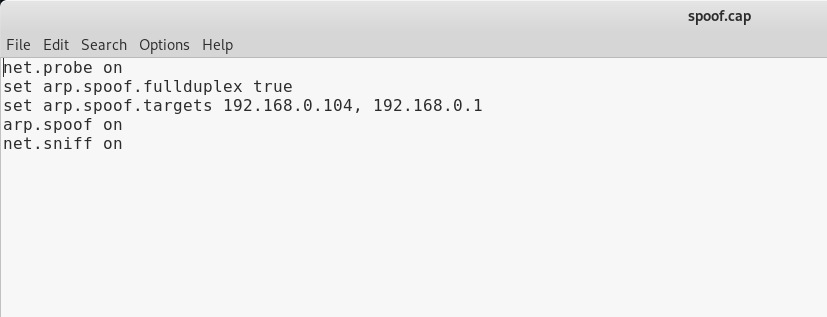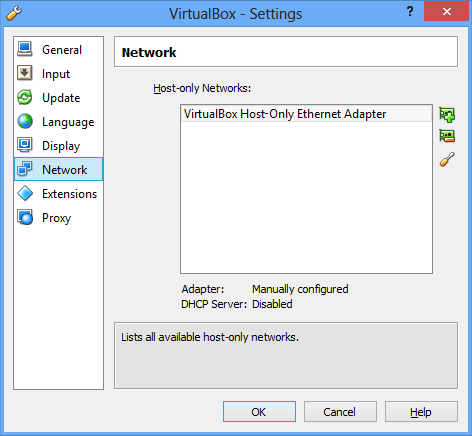

- #ARPSPOOF COULDN T ARP FOR HOST VIRTUALBOX INSTALL#
- #ARPSPOOF COULDN T ARP FOR HOST VIRTUALBOX WINDOWS#
Will probably be 0.44kali whether you’re on Kali Linux 1.0.0 or 2. On the guest, check to see which version of firmware-atheros is installed:
#ARPSPOOF COULDN T ARP FOR HOST VIRTUALBOX INSTALL#
Install the latest firmware-atheros package Make sure The “Enable USB 2.0 (EHCI) Controller” is enabled also.

Now go into the settings of your VM -> USB -> and add a Device Filter. I name this tl-wn722n and add the Vendor and Product ID’s we discovered with lsusb. Now you’ll need to create a blacklist file in /etc/modprobe.d/. Create /etc/modprobe.d/nf and add the following text into it and save: If it is visible in the output produced from previous command, unload it with the following command: Unload the ath9k_htc module to take effect immediately and blacklist it so that it doesn’t load on boot. The module needs to be blacklisted on the host in order for the guest to be able to load it. Now we need to check to see if the module is loaded on the host with the following command:


Kernel: usb 1-1: new high-speed USB device number 2 using ehci_hcd Kernel: usb 2-2: USB disconnect, device number 3 If you have a look from the bottom up of the /var/log/syslog file, you’ll see similar output to the following: The first four hex digits are the Vendor ID and the second four hex digits are the Product ID. ID 0cf3:9271 Atheros Communications, Inc. When you plug the Wifi adapter into your laptop and run lsusb, you should see a line that looks like: if you’re prepared to persevere, you’ll get it working. It can be however, something to keep in mind. Passing USB WLAN adapters to the guest is almost untested.” from here, I like to think of more of a challenge than anything else. Taking the following statement: “ The preferred way to get Internet over wlan into a VM is to use the WLAN adapter on the host and using normal NAT for the VM. The easiest way to do this is to use the laptops on-board wireless interface to connect to the phones wireless hot-spot and pass the USB Wifi adapter straight to the guest. I use my phone as a wireless hot-spot to access the internet. I want to be able to access the internet on my laptop at the same time that I’m penetration testing a client network.
#ARPSPOOF COULDN T ARP FOR HOST VIRTUALBOX WINDOWS#


 0 kommentar(er)
0 kommentar(er)
